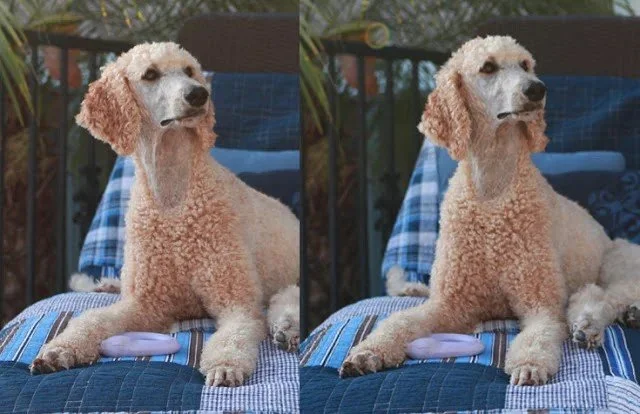This morning I was out with Riggs. We had a glorious walk when I saw a regular “dog walker” that we often see at the park. This guy walks about 6 or more dogs at a time and pretty much steers clear of others. None of the dogs get to stop and sniff anything and if they get out of line; well, I saw what happens this morning. One of the dogs, maybe a new one got a pretty stern correction on a face collar. This is a big no no, it is a whiplash in the making. The dog yelped and got my attention. I guess it wasn’t enough to fix the problem and the walker reached around with his leg and kicked the dog in the loin, another yelp. Not good and too often the situation when you try to keep so many dog under control like robots at one time.
What I want to discuss is the emotions of the dogs. Far too often we want to just stop our dogs, from whatever it is they are doing that we don’t like. We don’t take our dogs emotions into consideration.
Just stop and be like a robot
Dogs have emotions. Some dogs have bigger emotions than others, just like humans do. Riggs is one of those guys, he is a big feeling type of guy. I don’t think he is ever in the position of just shrugging something off.
Knowing how your dog feels about something is very important. Learning how to ply those emotions with knowledge and carress is also important. Just shutting our dogs down, turning off their emotions and their actions is not in the best interest of living with dogs.
Emotions are feelings that are triggered by thoughts or events.
When our dogs are triggered into a reaction from their emotion, it is very real. These feelings are happening and the dog is doing their best to deal. Often our dogs are not capable of making good decisions when they are in an emotional state which is why we need to help them. What we do when our dogs are feeling any emotions is very important. We can make things better, worse or attempt to stop them completely from feeling emotions.
We humans don’t do well with k9 behavior when it stems from emotion. Dogs aren’t humans and they don’t react the same way that we do when something creates an emotional situation. We can’t explain to them, what is happening, we can reason with them. But what we can do is react or address the situation with a positive spin. We can try to calm an over exhuberant behavior by teaching calm and showing our dogs that there are other ways.
Many dogs who get into trouble with an emotional outburst; whether it be a positive or negative response, often don’t know of any other way to act because no one has ever showed them. It is our job to help our dogs alter their behavior with knowledge. Like us, we can’t do better unless we know better.
We humans often do not consider our dogs emotions. But they have them and they play a big part in their behavior, just like us.




























